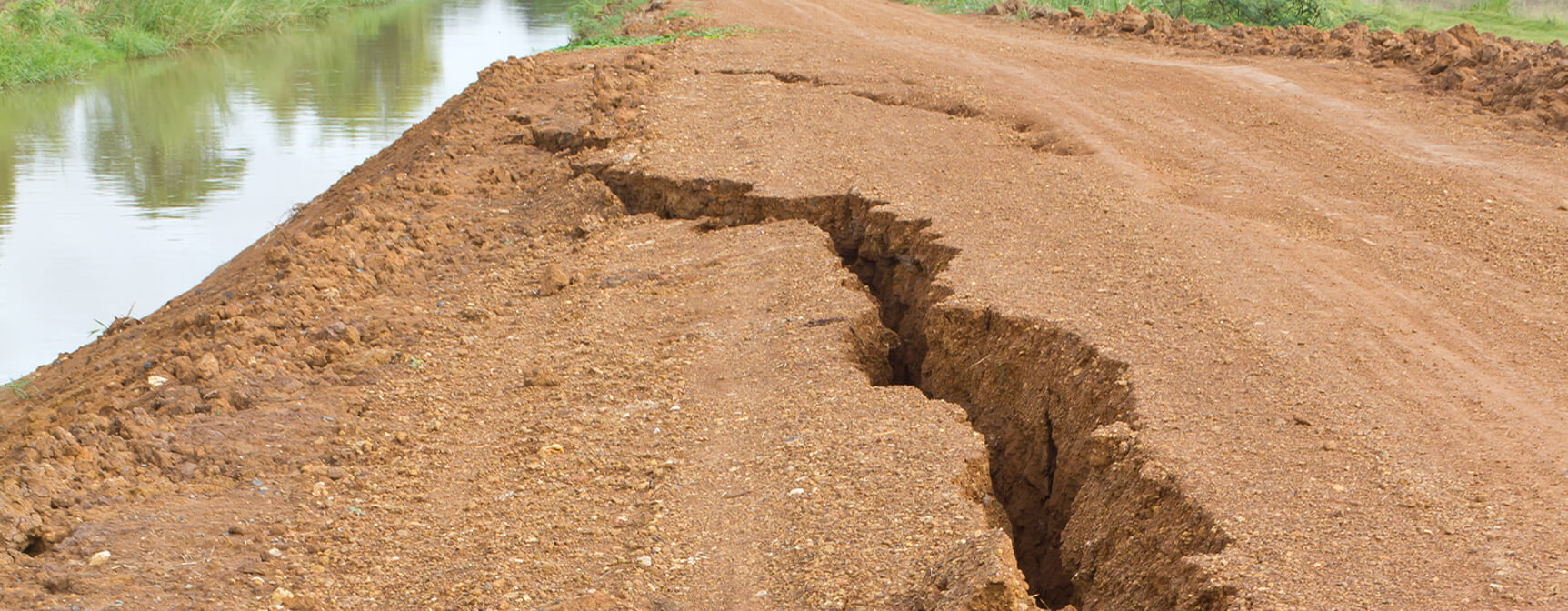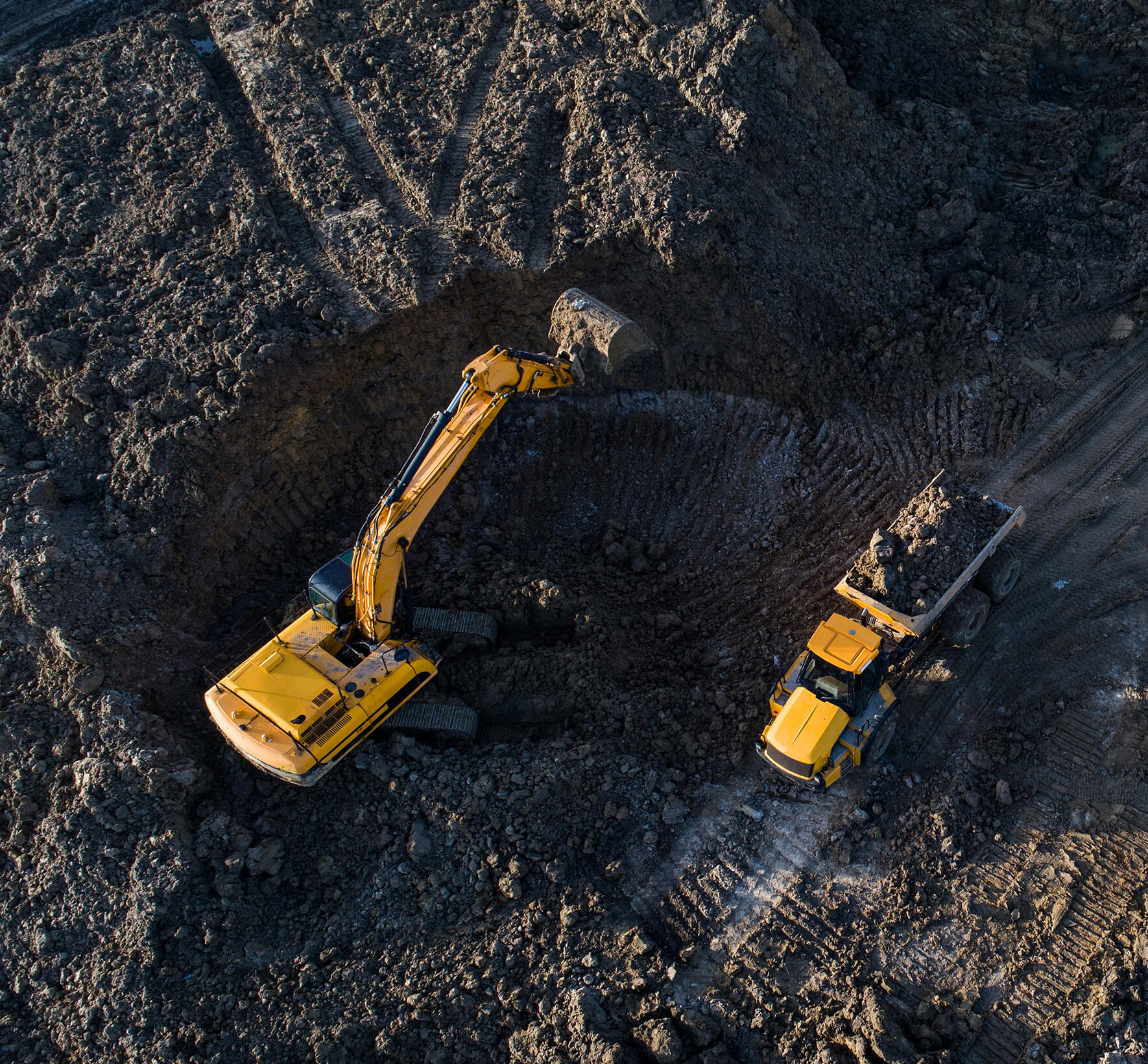SME’s geotechnical engineers use ground improvement technologies and construction methods to alter or improve poor ground conditions when other options are infeasible or too costly.
Ground improvement uses various innovative techniques to change the basic engineering properties of soils to allow for more efficient and cost-effective design. They are an essential component of many construction projects that involve major underground work, unsuitable soil conditions, and/or unstable existing structures. SME’s geotechnical engineers have over 50 years of experience in the planning, design, construction, implementation and performance verification of ground improvement measures on marginal land or for redevelopment of brownfield sites.
Selecting the appropriate ground improvement technique for a project requires knowledge, hands-on experience and skills in a variety of ground improvement approaches. Subsurface conditions can vary greatly within a single site and the characteristics of the in-situ soil play a crucial role in determining which ground improvement method to use.
SME’s Geotechnical engineers have experience with numerous ground improvement project types including:
- Increasing bearing capacity, shear or frictional strength
- Increasing density
- Controlling deformations
- Accelerating consolidation
- Decreasing imposed loads
- Providing lateral stability
- Filling voids







